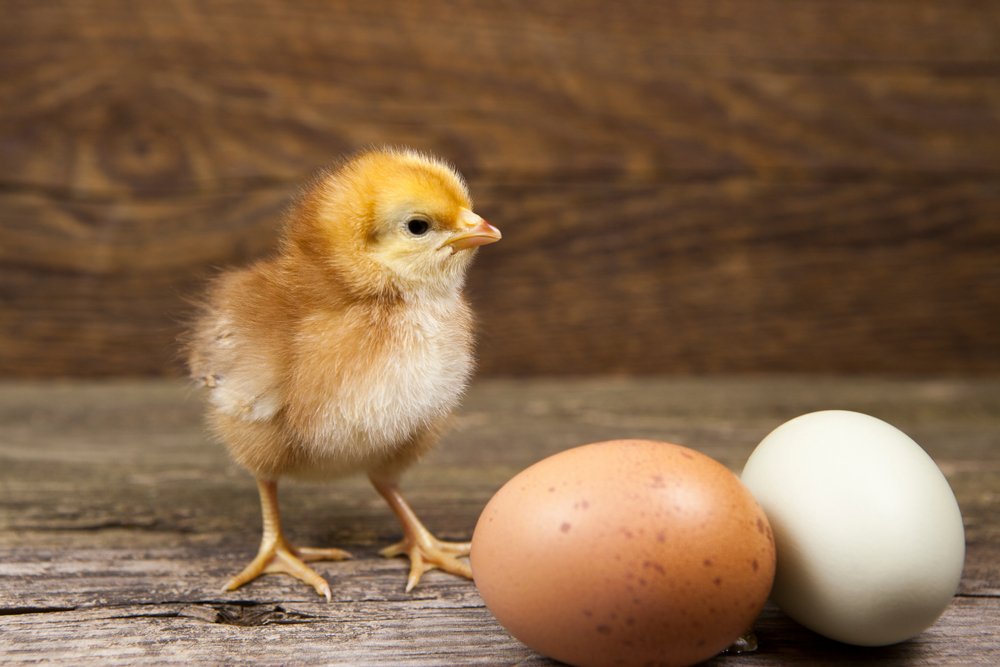Mortality
Poultry

Preventive Measures for chick Mortality
Due to the high mortality rate in chicks, poultry farmers suffer huge financial losses. First week of chicks in particular can be very troublesome. Chicks at this stage are sensitive and have very low immunity. So make sure that chicks do not fall victim to death.
1) Causes of Chick Mortality:
In addition to mortality during incubation and hatching, chicks infected with congenital loco, die within a week and 90% of the chicks infected with congenital trimer die within a month.
2) Diseases Caused by Microorganisms:
Common infectious diseases causing mortality in rural chicks are Newcastle disease, Marek’s disease, salmonellosis, coccidiosis, E.coli and mycoplasma infections. Eggs which are contaminated with microorganisms such as E.coli, Pseudomonas, and Staphylococcus etc also act as source of infection.
3) Dietary Causes:
If chicks are deprived of feed for 24-48 hours there will be a drop in blood glucose levels and mortality occurs. Chicks get essential vitamins, nutrients, antibodies through Yolk sac until 2-3 days after hatching. But chicks die if they are not given complete nutrients. Additional nutrients must be supplemented for proper gut development, immunity and health.
| Mortality in chicks | Causes |
| 5-6% mortality | E.coli and yolksac disease |
| 6-8% mortality | Pseudomonas |
| 3-4% mortality | Klebsiella |
| 1-2% mortality | Coli bacillus |
Feed that is too dry will cause impaction in the crop and the chicks die due to suffocation. Sufficient feed and water bowls must be provided to reduce the competition among the chicks. Lack of sufficient feed and water can also lead to mortality of chicks. Chicks may also die due to toxins present in the feed.
Deaths can also occur due to cannabolism, calcium and phosphorus deficiency and deficiency of vitamin A, D, E, K.
4) Managemental Causes:
Mortality occurs
- Due to the stress caused by traveling long distances.
- By eating the litter during brooding.
- Due to inadequate number of watering and feeding facilities, overcrowding of chicks.
- Due to high humidity, high light intensity and inadequate ventilation in the brooding room.
- Injuries caused during vaccination, debeaking, handling of chicks.
- Wet litter, If the ammonia gas exceeds 25 ppm
- Vent pasting.
- Due to rodent and predator attack during brooding.
The “high temperature” during brooding causes chicks to lose 70% of their body water, down to 10% and die of dehydration. If the high temperature is given for a long time, they will get sunburned and die. Chicks huddle together and die of suffocation due to “low temperature” during brooding. During brooding insufficient temperature, yolk sac infection can occur and the chicks will not be able to use the yolk.
Measures for Preventing Mortality in Chicks:
- Choose only quality chicks that are active and have good weight. The transit time should be short.
- Chicks should be brought to the farm during cold weather to prevent stress. Also, chicks must be given glucose and electrolytes through water up to 15 hours after they are placed within the chick guard.
- Grinding maize corn sprinkled on newspaper should be small.
- Vitamins like A, D, E C, mineral like calcium and phosphorus should be given to chicks in feed and water.
- Litter should examine the papers without accidentally extracting them. Adequate number of water and feed containers should be kept. Do not place them under light.
- Chicks should be given enough space so that they are not overcrowded. Adequate temperature and ventilation should be present so that the chicks do not get cold. Care should be taken to avoid fluctuations in brooding temperature.
- The feed should be of good quality without toxins. A mixture of minerals, vitamin and coccidiostat should be given in the feed.
- Drinking water should be fresh and clean. The salts in the water should meet the quality standards. Water should be tested and salts content of water should meet the quality standards.
- Vaccinations should be done as per schedule to prevent infections.
- If the droppings are stick at vent of chicks, clean it with a cotton swab dipped in dettol or potassium permanganate solution.
- Care should be taken to prevent dogs, birds and rodents from entering the brooder shed.
- At least 100-200 feet distance must be there between brooder and layer sheds.
